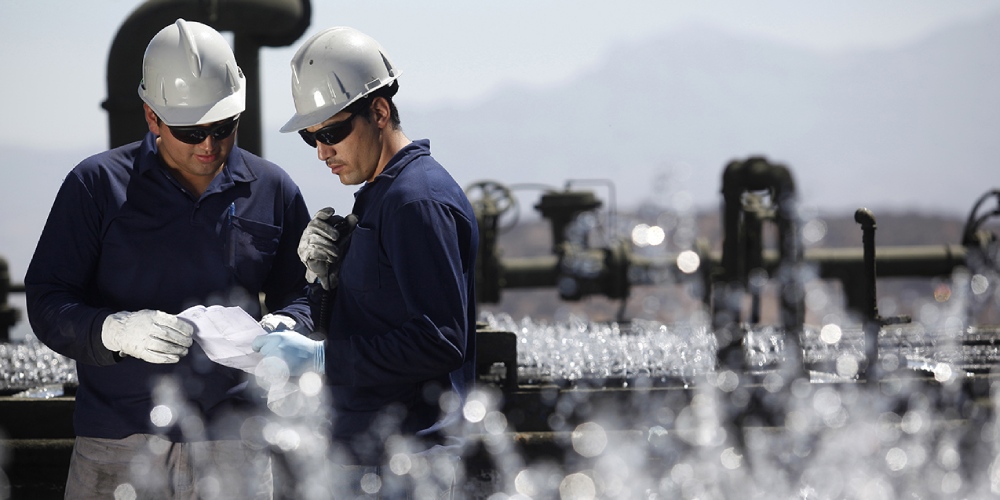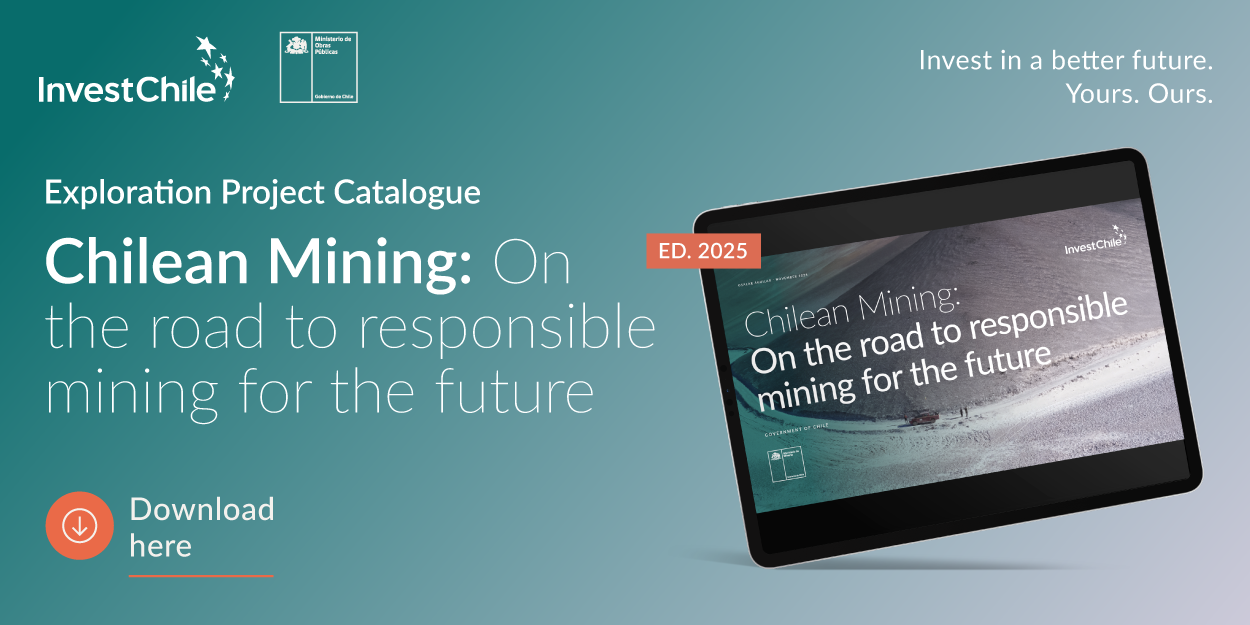Los Pelambres, Quebrada Blanca, Spence, Radomiro Tomic, El Abra and NuevaUnión have initiatives at different stages of development for the use of seawater at their operations.

The use of fresh water obtained from seawater will become a necessity for the feasibility of many copper mines in Chile, according to Fitch Solutions, the analysis unit of Fitch Ratings.
The institution emphasized that use of the resource will continue to increase as ore grades decline, making it necessary to process larger volumes of mineral. This has, in turn, led to complaints from communities which have ancestrally used the freshwater resources that are ever scarcer, particularly in northern Chile, for their own consumption and agriculture.
Indeed, Fitch Solutions indicated that the General Water Board (DGA) has announced plans to increase the number of prohibition areas from 30 to 70 during 2019, which will affect the granting of new concessions in the identified sectors.
“This latest announcement represents a downside risk for our production forecast since mining companies seeking to increase output may find themselves limited by a water shortage,” said Fitch Ratings.
Desalination projects
Key desalination projects include the US$500 million expansion of Los Pelambres by Antofagasta Minerals, which is expected to be completed in the second half of 2021, the same date anticipated for Spence’s US$800 million project and Teck’s Quebrada Blanca Phase 2 project, the cost of which has not been disclosed.
No estimated dates are available for the inauguration of the US$1,000 million desalination initiative of Codelco’s Radomiro Tomic mine or for others being planned by El Abra and NuevaUnión for which the investment outlay has not been disclosed.
To learn more about innovation in mining investment projects in Chile, see this article.
Source: Pulso



%2017.11.51.png)

